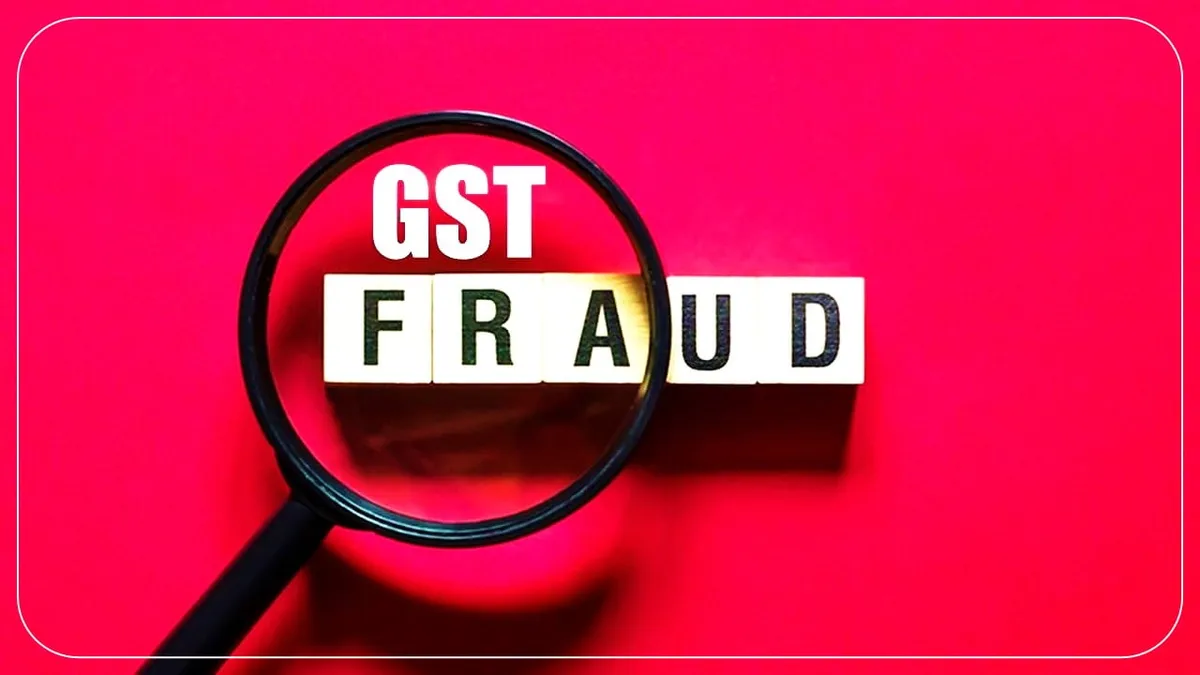Goods and Services Tax (GST) fraud has been exposed by Madhya Pradesh’s Economic Offences Wing (EOW), revealing the misuse of villagers’ identities and a network of shell firms to unlawfully claim ₹130 crore in Input Tax Credit (ITC). The racket generated approximately ₹512 crore in fake invoices across multiple states and marks one of the largest ITC scams uncovered in recent years.
Villagers’ Documents Harvested for Shell Companies
According to EOW Director General Upendra Jain, mastermind Vinod Kumar Sahay—aka N.K. Khare orchestrated the scam using forged Aadhaar and PAN cards belonging to unsuspecting villagers. He created around 23 fake companies, registering them digitally with mobile numbers, email IDs, bank accounts, and GST credentials, but conducted no genuine business.
The fraud began under the pretext of facilitating business loans. Once villagers provided their identity documents, Sahay built sham entities in their names and issued fake invoices to inflate ITC claims, falsely indicating massive purchases and sales without physical movement of goods. The operation spanned Madhya Pradesh, Chhattisgarh, and Maharashtra, suggesting a coordinated, interstate fraud syndicate.
EOW Remains on Offensive After Major Evidence Captured
Following raids across multiple locations, EOW seized computers, forged seals, documents, and digital equipment linked to the scam. Sahay has been arrested; agents traced his activities back to 2009, suggesting over a decade of systematic tax fraud. With fake invoices totalling around ₹512 crore, the ITC component alone stands at ₹130 crore, striking a major blow to India’s tax revenues.
Authorities are now delving deeper to identify beneficiaries and recover funds. In addition to EOW, the Central Board of Indirect Taxes & Customs (CBIC) has stepped in to broaden tax compliance monitoring and prevent similar schemes.
Public and industry experts are raising alarms over the vulnerability of India’s digital tax infrastructure. Officials assure that the crackdown will continue, targeting not only the architects but also intermediaries who enabled the criminal enterprise.
About the Author – Anirudh Mittal is a B.Sc. LL.B. (Hons.) student at National Forensic Sciences University, Gandhinagar, with a keen interest in corporate law and tech-driven legal change.


